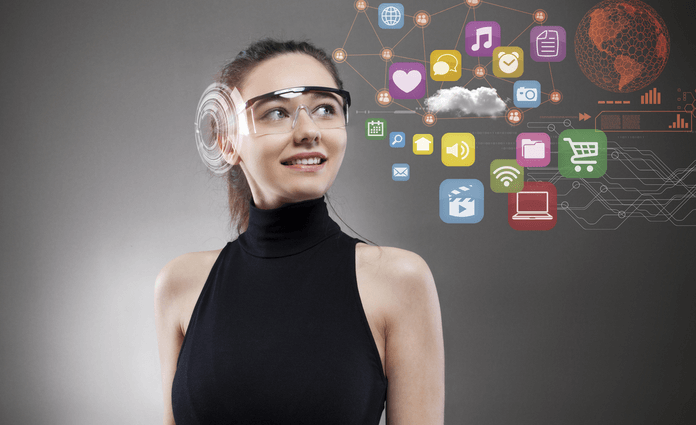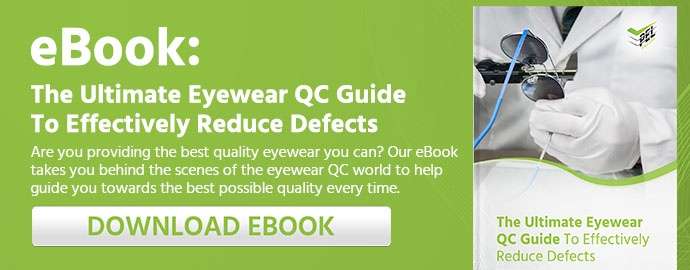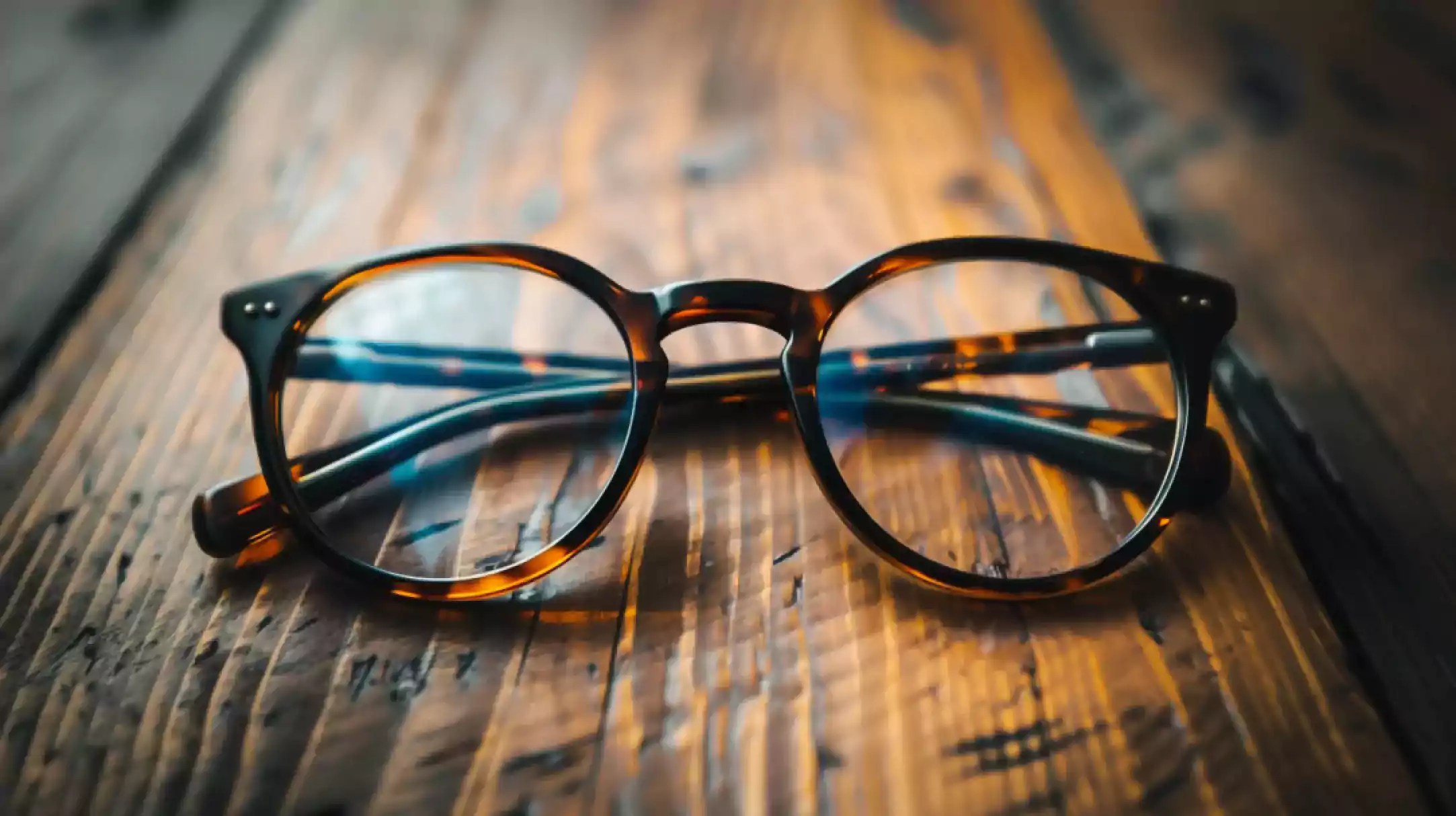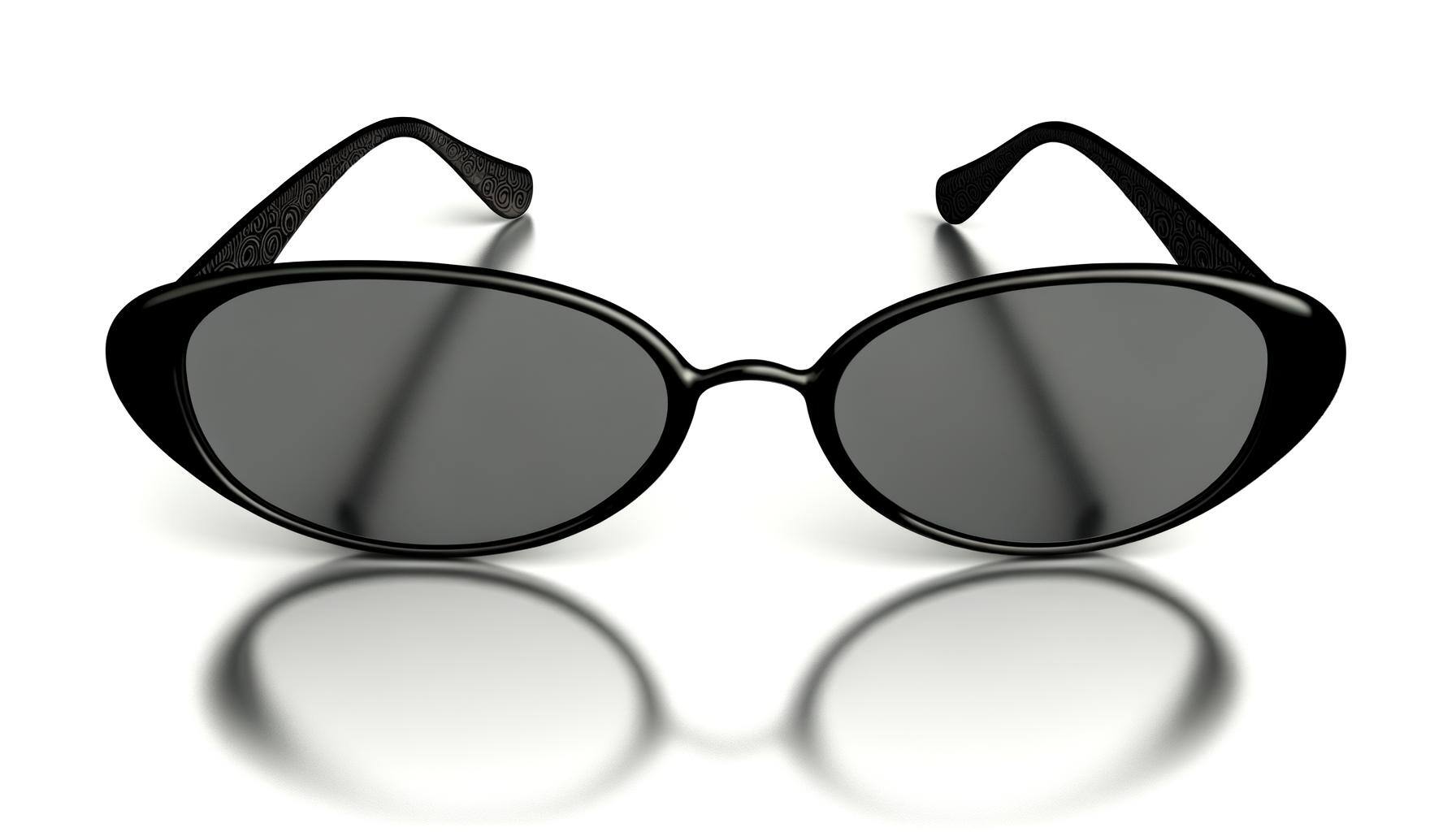Remember Google Glass? When it was announced in 2012, it seemed like the future of wearable technology was here, promising a seamless integration of digital information into our daily lives. But as we moved into the 2020s, Google Glass quietly faded into the background. So, what happened to Google’s ambitious project, and where does the world of smart glasses stand today?
The Journey of Smart Glasses: A Bumpy Road
The development of smart glasses has been anything but smooth. Google wasn’t alone in trying to bring this technology to market—many companies have made attempts, with varying degrees of success. The promise of smart glasses has always been enticing, but the execution has often fallen short due to issues like limited functionality, privacy concerns, and awkward designs.
However, in recent years, the smart glasses industry has seen a resurgence. With the rise of new technologies and increased consumer interest, 2024 is shaping up to be a pivotal year for smart eyewear.
Timeline of Smart Glasses Development
- 1997: launch of Glasstron by Sony, a portable head-mounted display that included two LCD screens for video and two earphones for audio.
- 1999: IBM Japan & Olympus Optical demonstrated the PC Eye-Trek, wearable PC with an LCD display.
- 2012: Google entered the market with its first variation of smart glasses with their Explorer programme
- 2013: Chinese search giant Baidu confirmed rumors of Baidu Eye, featuring Mandarin speech recognition and image search.
- 2015: Tech-giant Microsoft demos HoloLens to the market, a product that was patented since 2011.
- 2018: Intel’s Vaunt (probably one of the more successful stories). But eventually pulled out of the market in later 2018.
- 2021: The Ray-Ban Meta smart glasses came out in October met with mixed reviews.
Notice a trend? Companies have been trying to develop smart eyewear since the early 1980s, but it seems like with not much luck in keeping them in the market. More than half of these products have ghosted or exited the market in one way or another.
But why has there been such little success? Are there reasons that businesses are not understanding? Let’s look at Google as an example.
The rise, fall, and rise again of Google Glass
In 2012, Google announced their newest venture — the Google Glass. The product was a wearable technology that displayed information hands-free (in a smart-phone format). Users could connect and communicate on the internet with voice commands, take pictures, record video and more. Google even partnered with Italian eyewear giant Luxottica, to develop the Glass products.
The initial response was positive, people were excited about a new product, a new push in technology. But ultimately, Google pulled the product out of the market in 2015.
Speculations as to why Google Glass failed post-launch can be split into a few categories:
What was wrong with Google Glass?
Safety
Many people were concerned about the safety of Google Glass, especially for everyday use. The camera and video recording capabilities meant that people could be taking pictures of you, without you even knowing. This raised lots of privacy concerns and a wealth of ways to exploit the capabilities of Google Glass for privacy invasion ideas.
Function
Besides safety, lots of people also questioned the legitimate use of a product like Google Glass. Sure it sounded cool, being able to control everything hands-free, but the product technically didn’t solve any problems. There just simply wasn’t much demand for something like this, at least not at the time or in a user-friendly way.
Aesthetics
The physical product itself was not very attractive. It looked kind of awkward, sat on the face funny and some even said it still looked like it was in the prototype stage. To make matters worse, during events and showcases, Google Glass would not work or work very slowly. Solidifying the draft-like opinions users had in their minds.
Many still make fun on the Google Glass to-date, but most would argue that the product was not a failure, but rather helped catapult the idea forward. So much so, that Google has revised its Glass since (once is 2017 with Enterprise Edition), and now in 2019 we’re getting another re-do, the Enterprise Edition 2.
Ray-Ban's New Smart Glasses: A Glimpse into the Future
One of the most exciting developments in this space has been the introduction of the new Ray-Ban smart glasses, a collaboration with Meta (formerly Facebook). Launched as Ray-Ban Stories, these glasses offer a stylish and practical approach to wearable tech, featuring built-in cameras, speakers, and touch controls—all within the iconic Ray-Ban frames. Unlike Google Glass, Ray-Ban Stories have been designed with aesthetics and everyday usability in mind, making them more appealing to the average consumer.
This innovation is part of a broader trend where technology and fashion are increasingly intertwined, and it signals a bright future for the smart glasses market. Companies are now learning from past failures and are focusing on creating products that blend seamlessly into users' lives.







.jpg)



